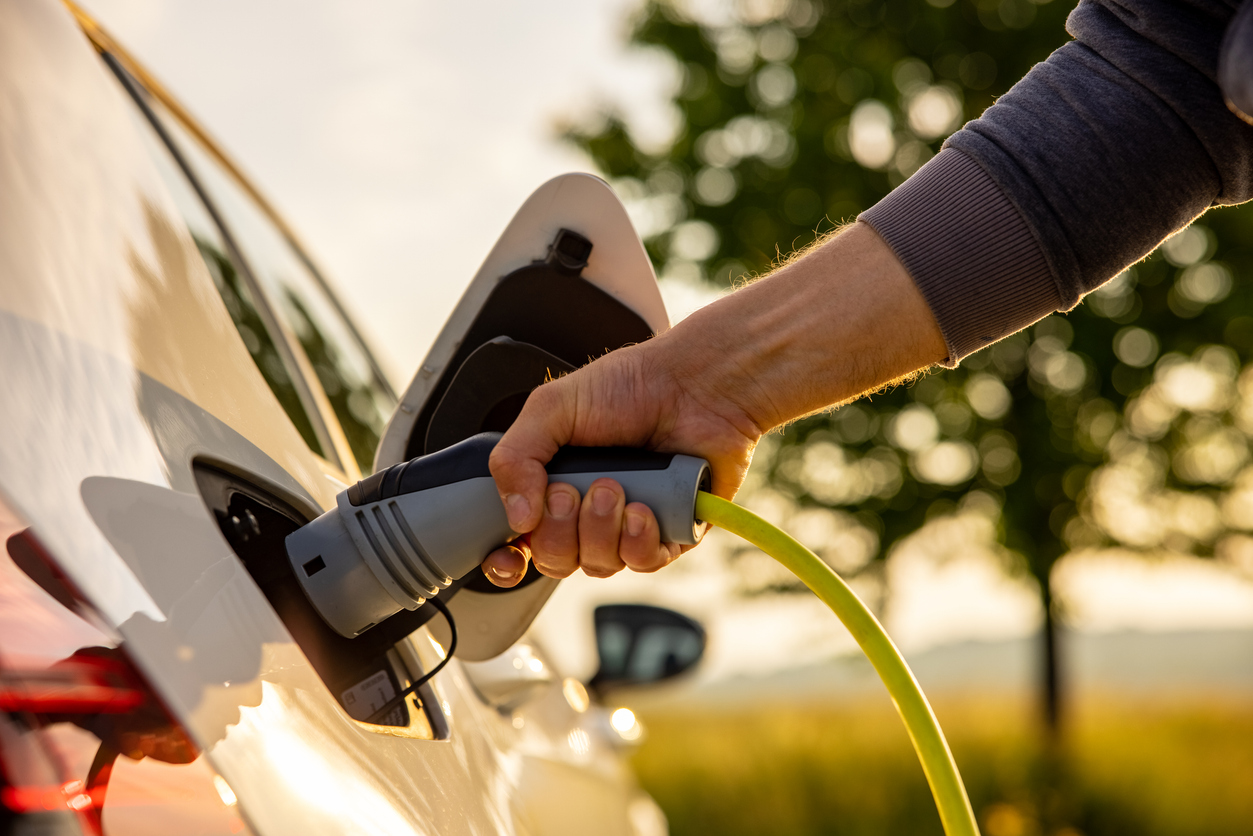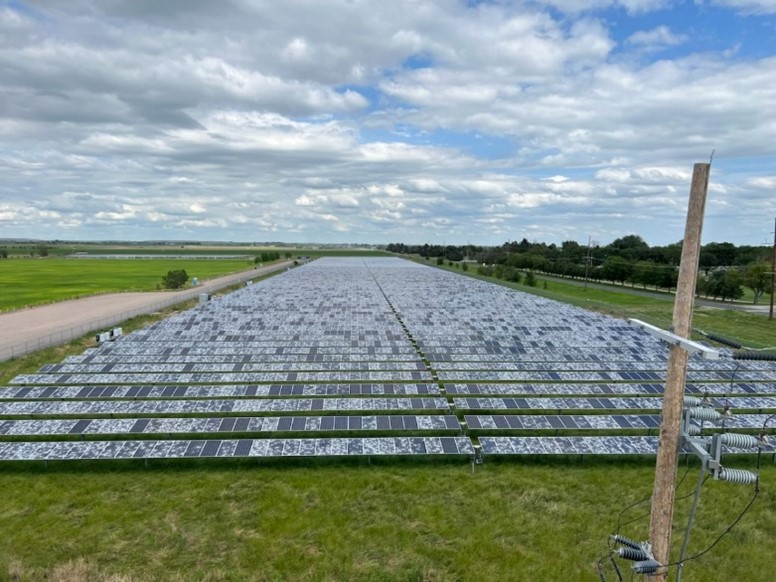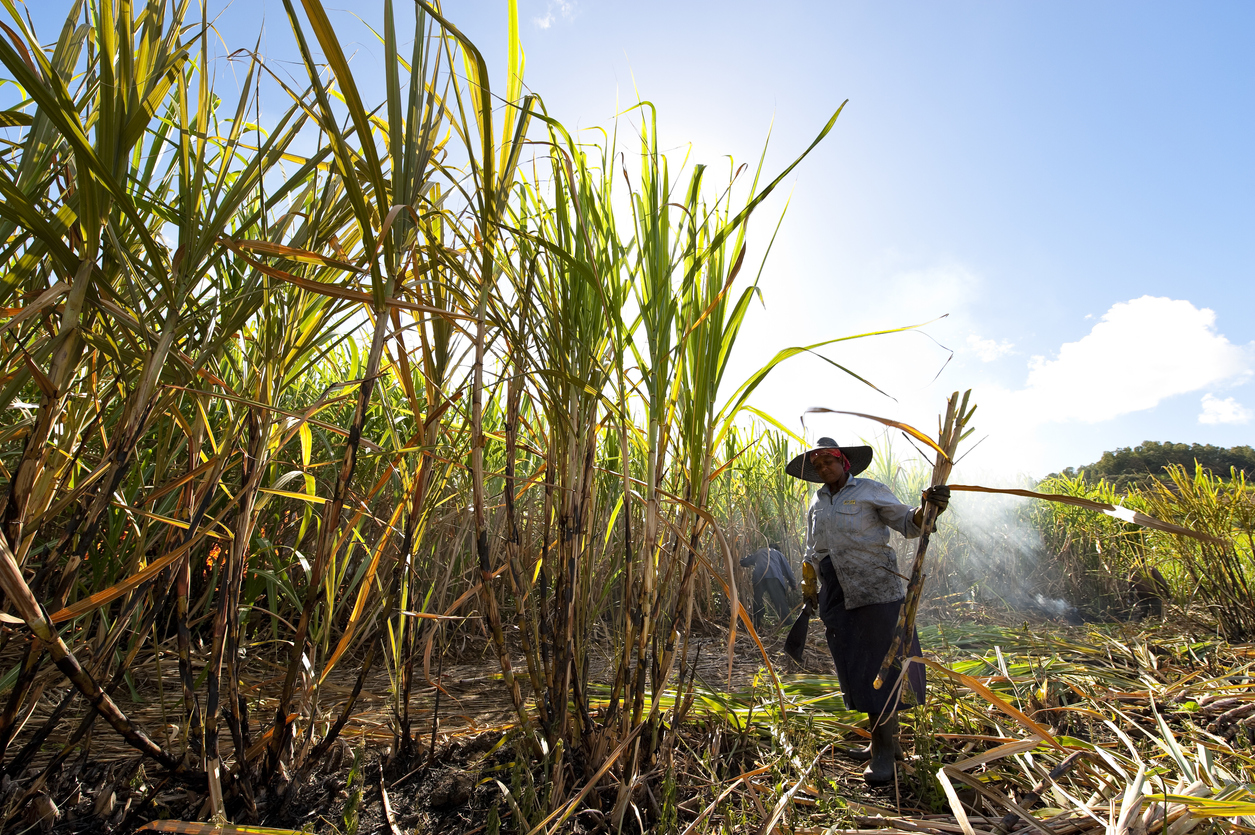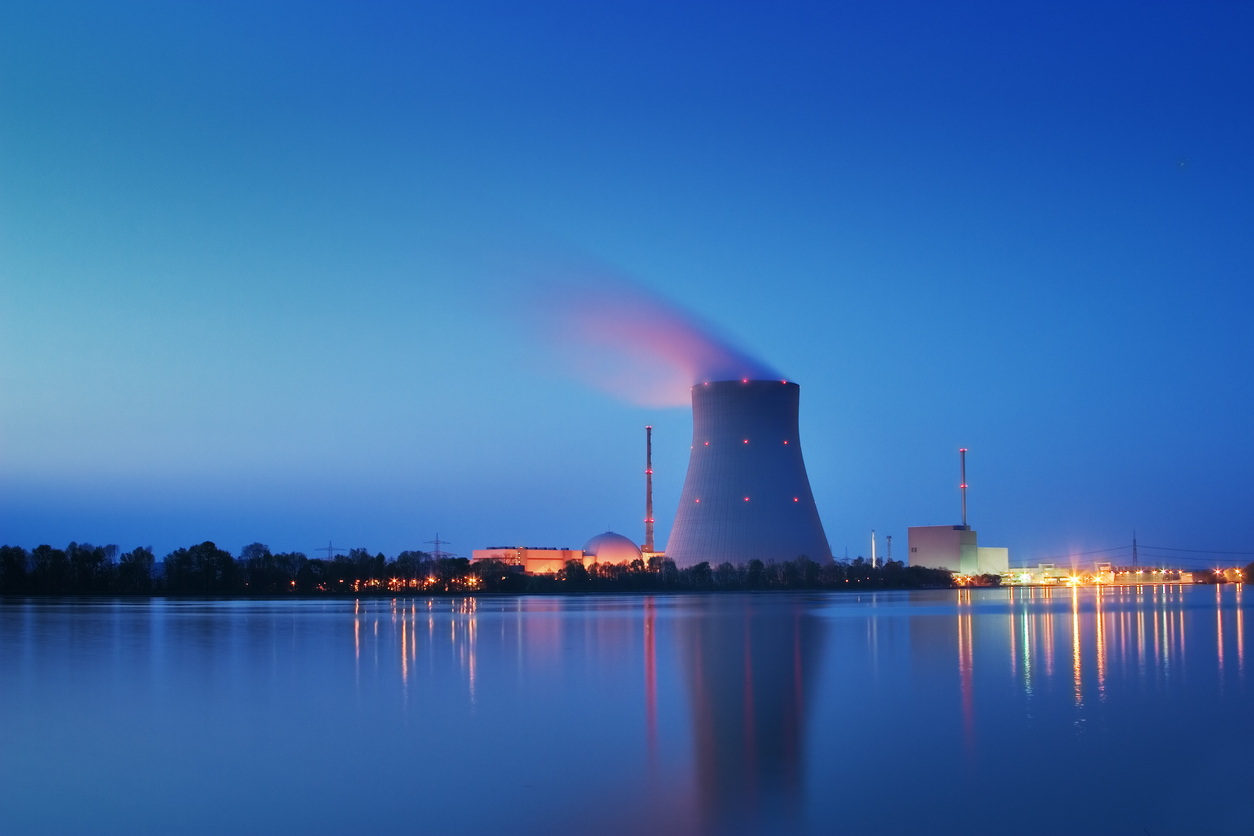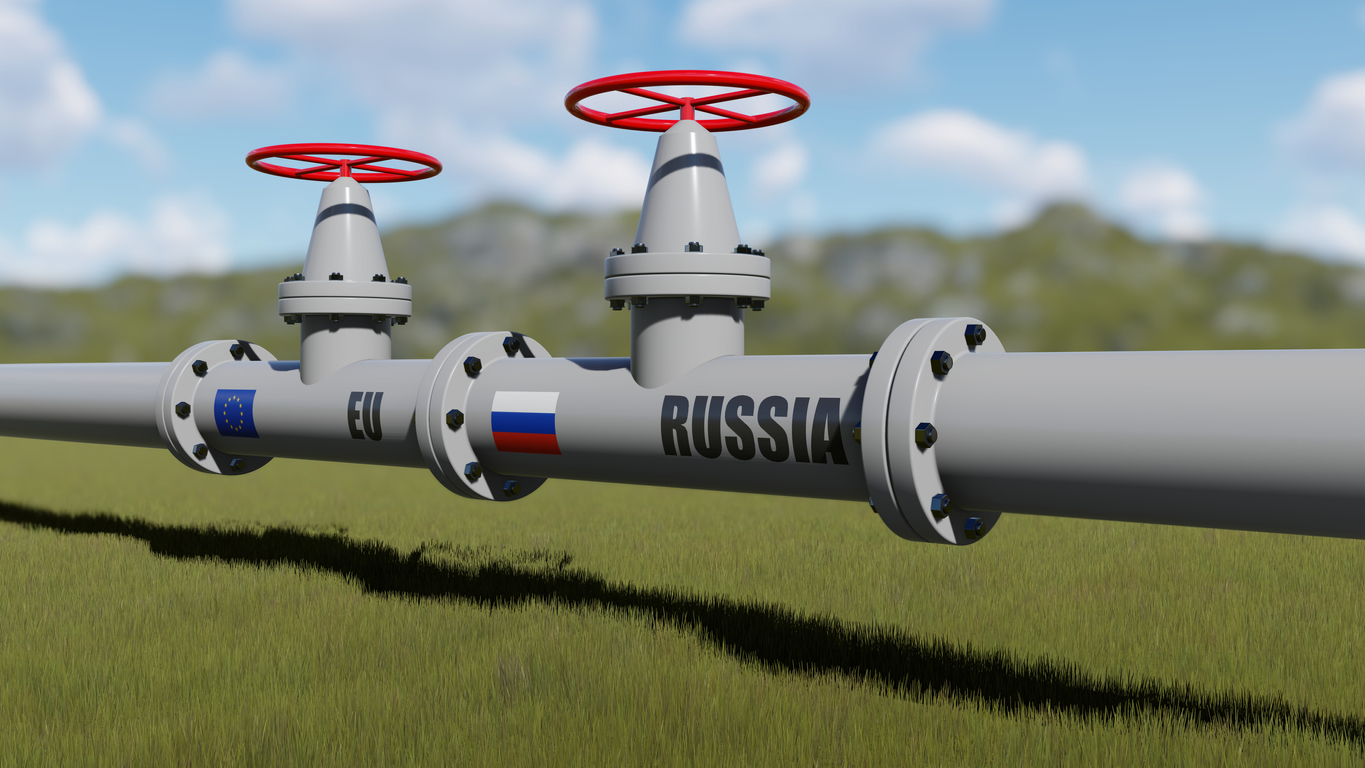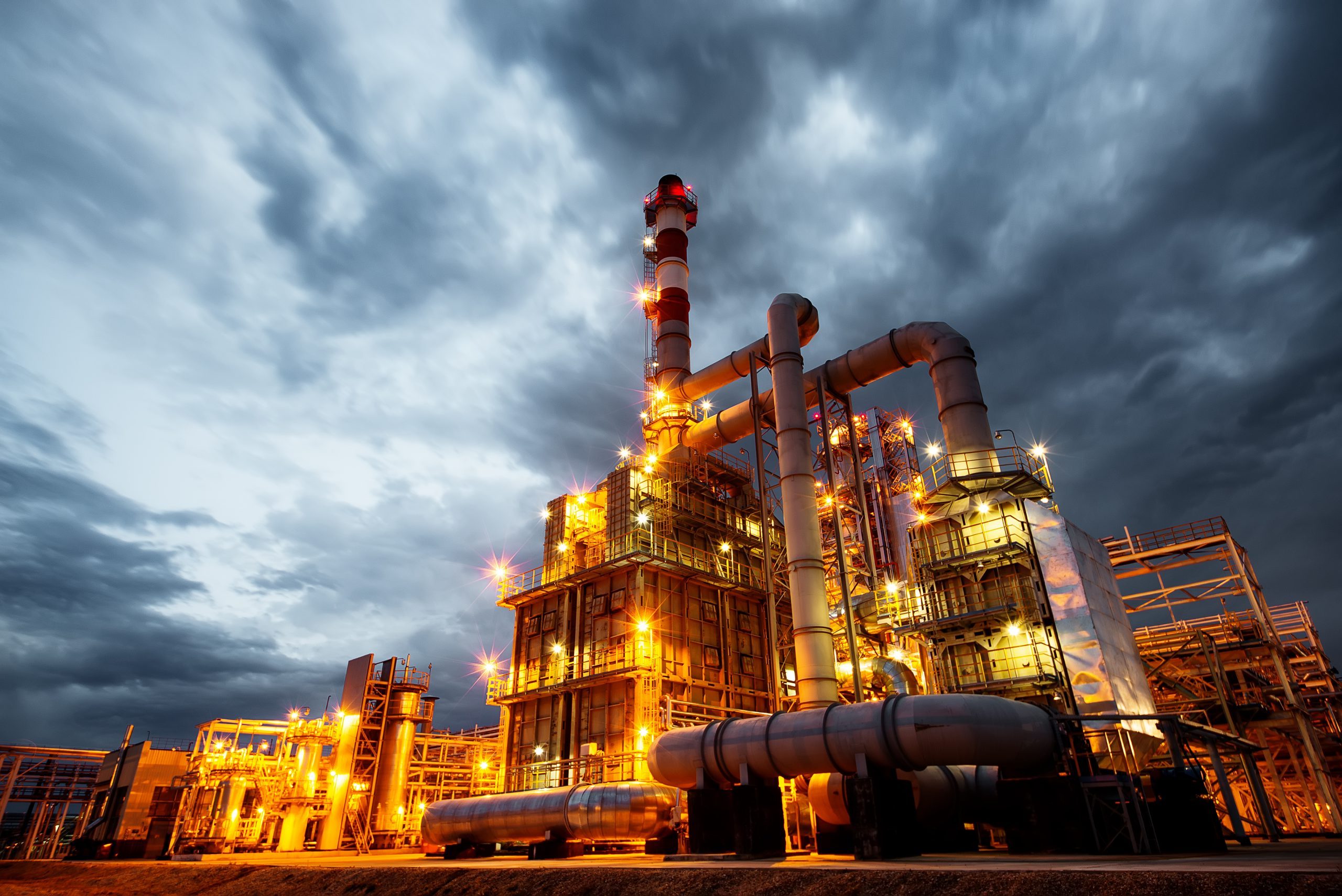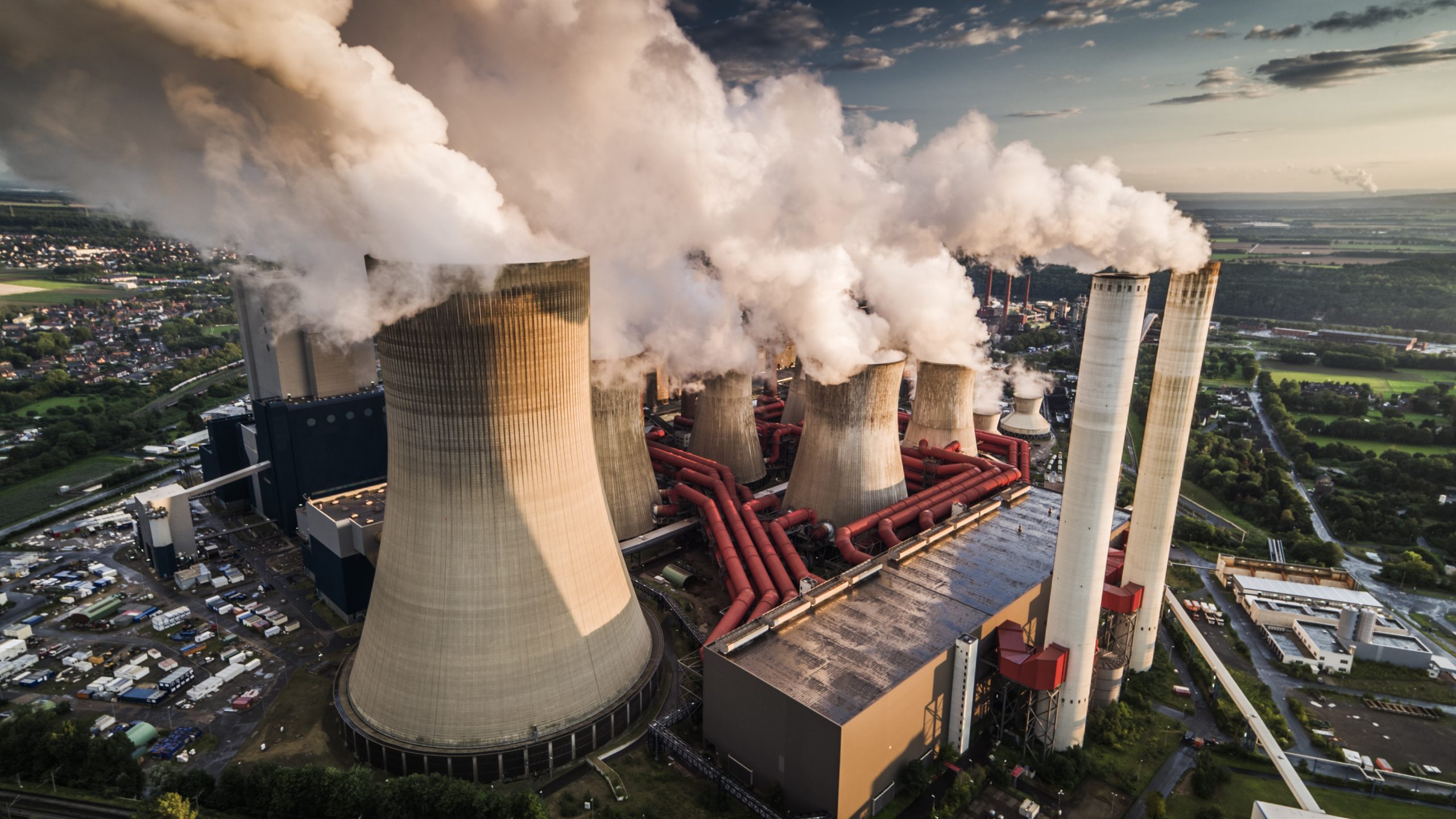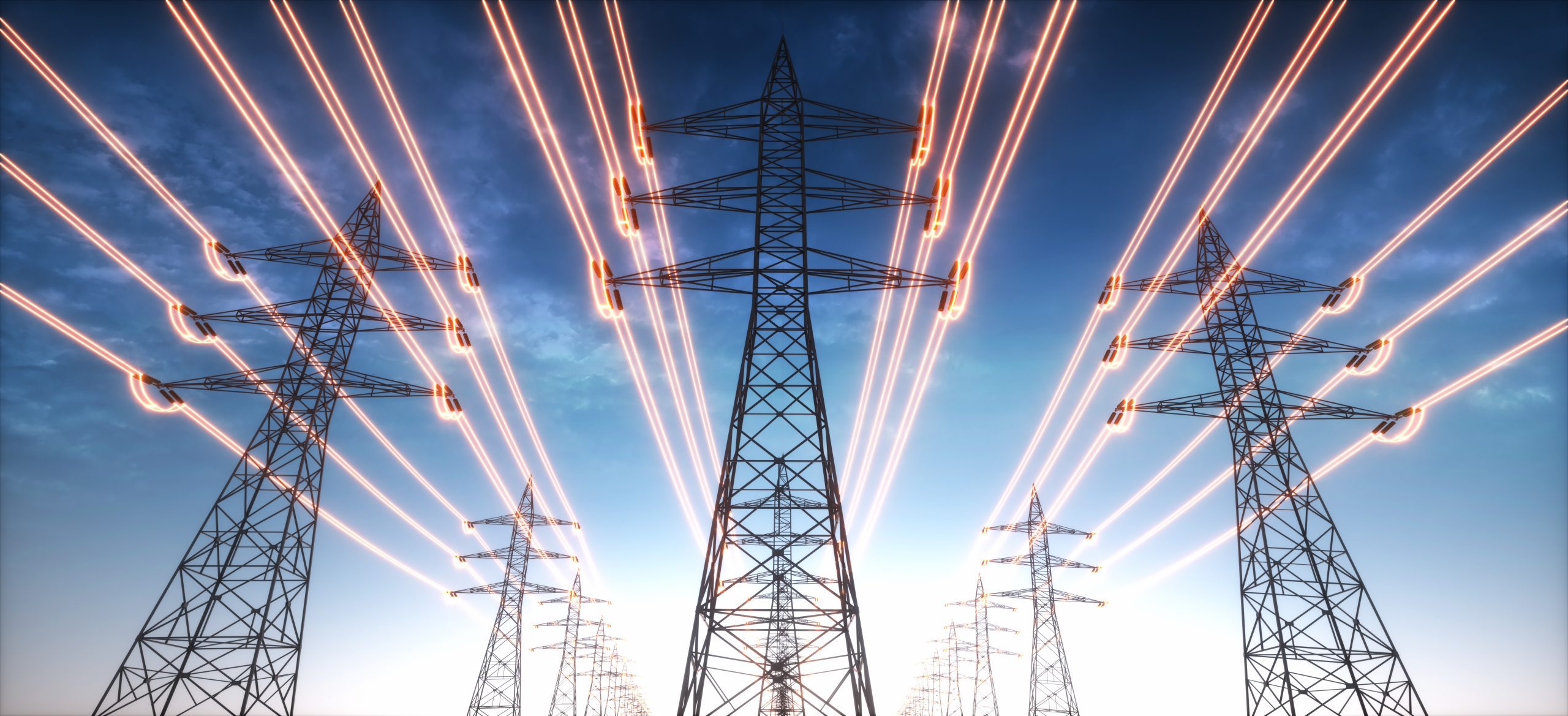The summer has come to an end in Florida. Temperatures are still hot, and the afternoon thunderstorms are raging. So, when I open my electricity bill and gasp at the month’s cost, muttering some hopeless comments about how I should turn the AC temperature up a bit, and how the kids need to make sure the outside doors are not left open, yada, yada, yada… my 7-year-old son, who is nearby playing with LEGOs, asks me, “why do we have to pay for electricity?”
Fighting the knee jerk reaction to respond that we have to pay for electricity because, “you kids can’t seem to keep the outside doors closed,” I, instead, calmly ask, “What do you mean, son?” Without taking his eyes off the LEGO’s he says, casually, “why can’t we just get electricity from lightning?”
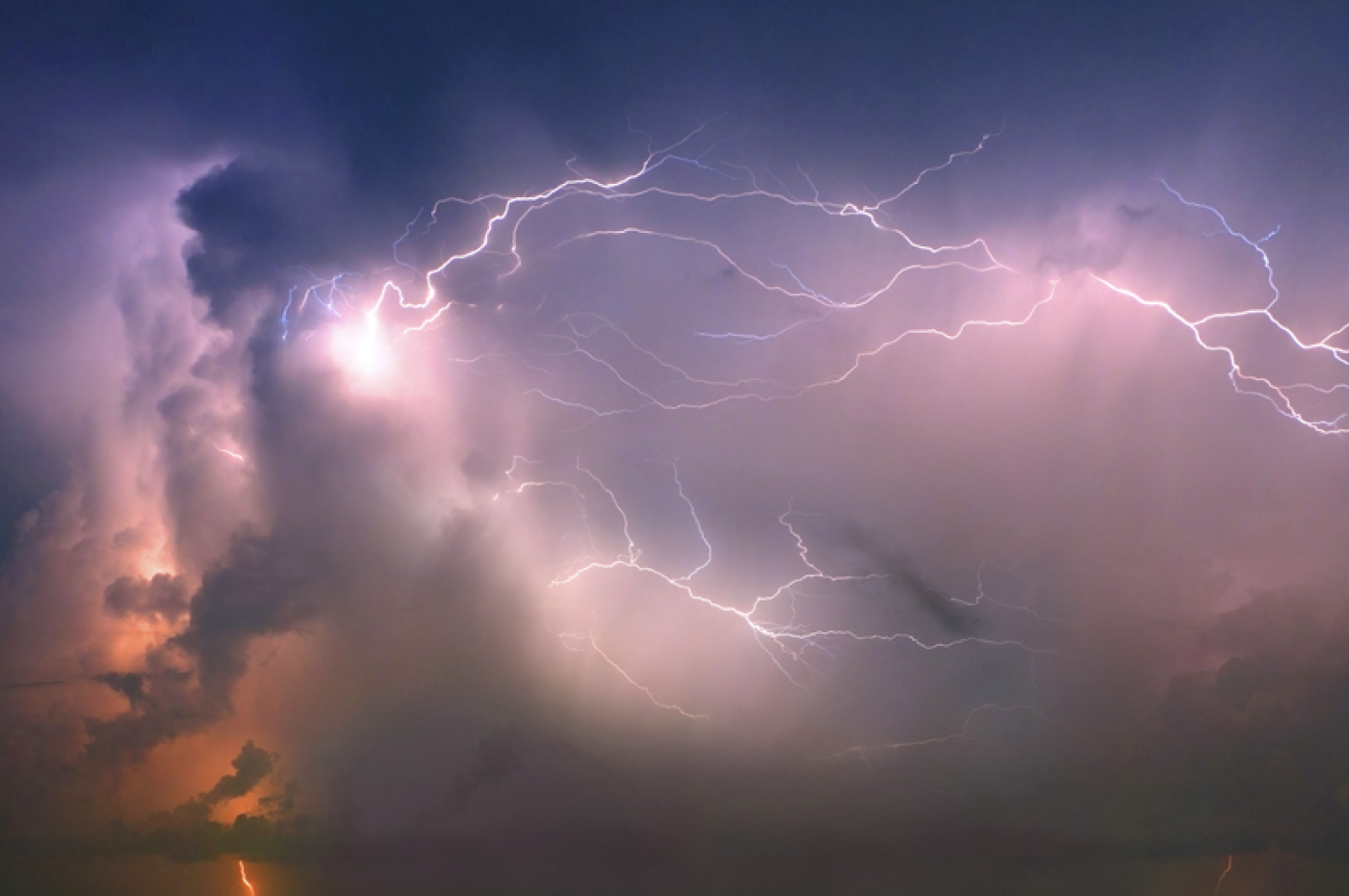
I stop, gather my thoughts, and like any responsible parent these days, pull out my mobile phone. Typing and speaking at the same time, I start gingerly as Google loads up the search responses, “son, the thing about electricity is that it is still very difficult for us to store it in great amounts. It is also very expensive to store it, and… lightning strikes are so fast, and they have such high voltage and amperage – I mean, they are so strong and intense… you know, and they never hit the same spot twice, and…” now, with the full backing of Google’s search completed at the palm of my hand I confidently continue, “and yes, such high voltage and amperage – like 300 million Volts and 30,000 Amps. That is like 2 million times more electrical current than a normal house has by the way – so that makes it very difficult and extremely expensive to collect energy from lightning strikes – at least with the type of electrical equipment we currently use….” Let’s stop there for a minute.
Kids sometimes can make us think of a topic in its most basic and simplest way. Here’s a simple question: Where does the electricity generated in today’s world actually come from? I mean, turbines are used to generate virtually all commercial electrical energy on Earth, yes, but what drives all these turbines?
At school we learn how turbines can be driven by gas, wind, water, or steam using various heat sources, like coal, nuclear fission, oil, or renewables like biomass, solar, geothermal, etc. We learn how turbines drive generators, which, in turn, transform that mechanical energy into electrical energy by electromagnetic induction (Faraday’s Principle: in simple terms – the movement of magnets around a coil of wire creating an electrical current through the wire, as I am sure everyone knows…right?!).
As can be seen from the chart below, according to the IEA world gross electricity production by source data, coal and natural gas (at 36.7% and 23.5% respectively) lead the way in the world’s energy generation mix in 2019. They are trailed by hydroelectricity, renewables and nuclear (at 16%, 10.8% and 10.3% respectively).
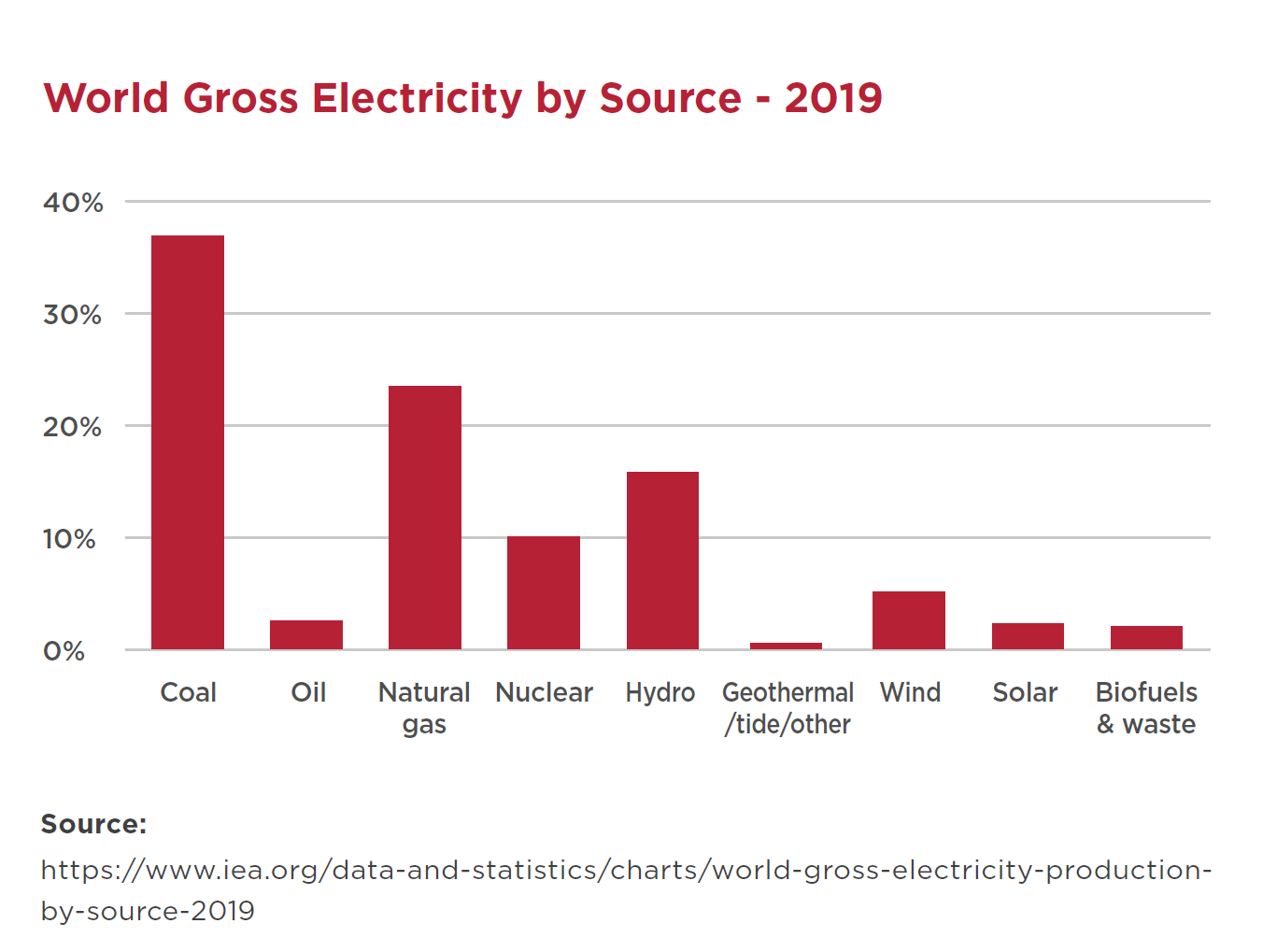
Obviously, countries lean towards using their most readily available, affordable, and efficient resources for electrical energy generation. One can see an illustration of this from a regional perspective in the next table. Based on BP’s data for 2020, one can observe how, naturally, in the Middle East, the overwhelming majority of electricity generation relies on natural gas and oil, with virtually no hydropower in their generation mix. Conversely, in South and Central America, hydropower stands out as the much more significant source of electricity generation.
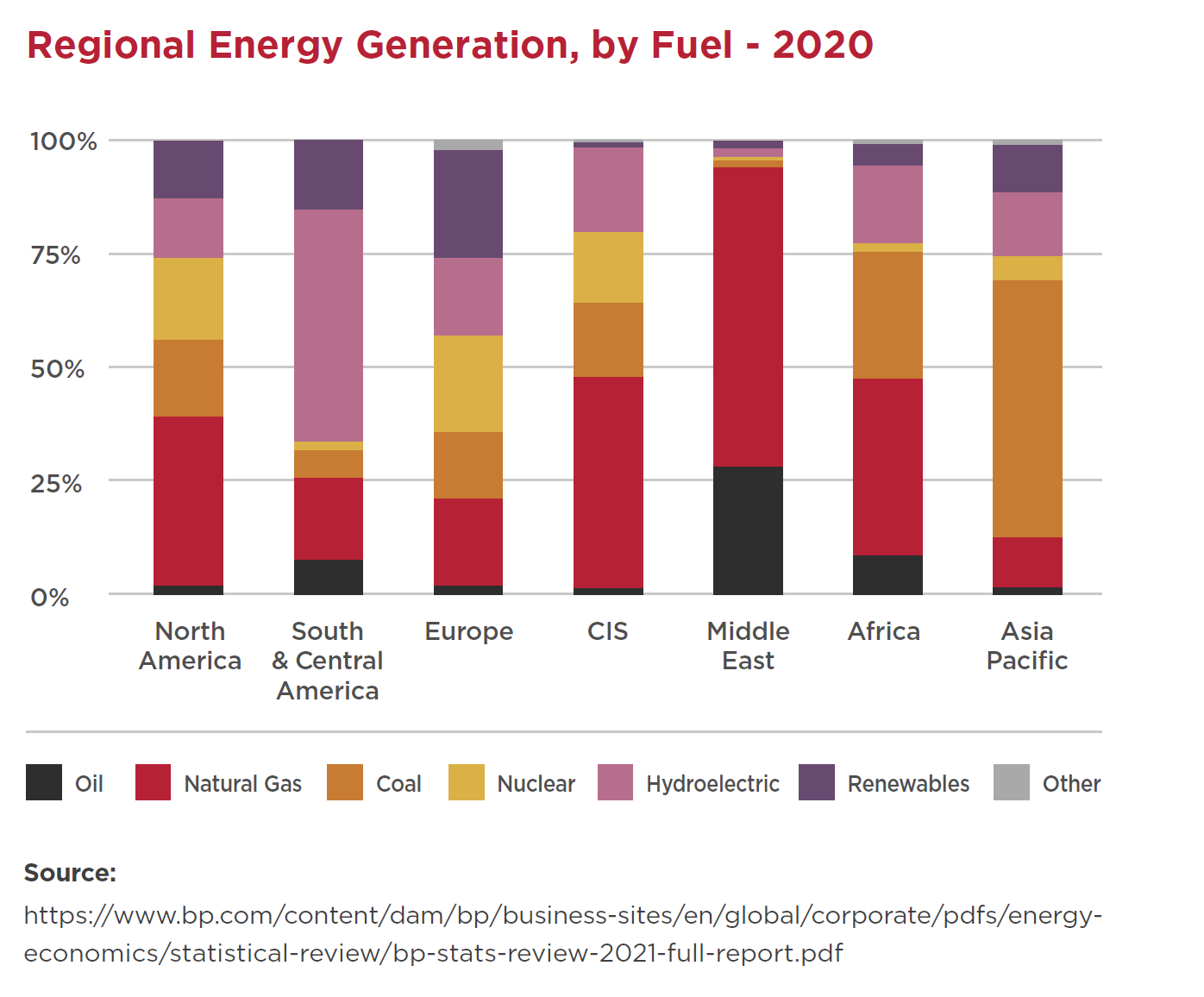
These differences in “fuel” used for the generation of energy are obviously not the only regional differences. A myriad of factors play a part in how a country operates its electricity market: environmental, social, political, legal, regulatory, etc. These can be affected by, and themselves affect, both the fundamentals of supply and demand of electricity in a country or region.
When quantifying economic losses, it is imperative that one has a solid understanding of how a country’s electrical system supply works (from generation, to transmission, to distribution, to the sale of energy). In any type of insurance loss, valuation or dispute, a company that operates in one of these sometimes seemingly impenetrable and complex markets hopes to sit across the table from specialised consultants who have at least a basic understanding of their regional markets. For example, a multinational company with energy operations in Argentina and in the Dominican Republic will have vast differences in how they trade energy in each of these countries.
PPAs, interconnected grid, integrated market, wholesale market, retail market, spot price, hierarchy of dispatch, capacity remuneration, generation, transmission, and distribution are but a few examples of “household terms” in power generation. Let us look at some of these in a little more detail, and as we do so, please remember that electricity is produced and consumed virtually instantly.
Generation refers to the production of electrical energy. In one very simplified example (illustrated below), a turbine might use natural gas to generate electricity at a power station; this electricity is then transported (this is the transmission part) at high voltage, typically over long distances, to a substation where voltage is usually then stepped down using transformers for distribution (i.e., for transportation to consumers). A collection of these systems of substations, transformers, and power lines is often referred to as a grid. Small (i.e., local) grids are often interconnected to provide the entire electricity supply system with dependability and ease of commercialisation, thus creating a more reliable network, such as a country’s electrical grid.

By interconnecting the grids, generation can be optimised to serve demand at the lowest possible cost without burdening generators with the need to hold extra generating capacity to ensure electricity is available at peak times. However, because interconnected systems are large and complex, it is necessary to have some sort of authority or entity (the grid operator) to ensure that the supply of electricity constantly matches the demand. Typically, energy is generated and dispatched based on some hierarchy of the available generators at any given moment in time. The hierarchy often starts with the cheapest generator available and moves its way up the generation cost ladder as demand requires.
Inevitably, someone needs to maintain control of rules and regulations of how the grid and its participants can operate (and play nicely with one another and with the consumers) and how pricing is set – that’s where the market regulator comes in.
Deregulated markets also exist around the world, where the market itself sets the prices, and less regulatory oversight normally exists.
In retail markets, utility companies sell directly to consumers. In wholesale electricity markets, generators sell energy to entities (not unlike in a currency or commodities market), who then sell the electricity onwards to the consumers.
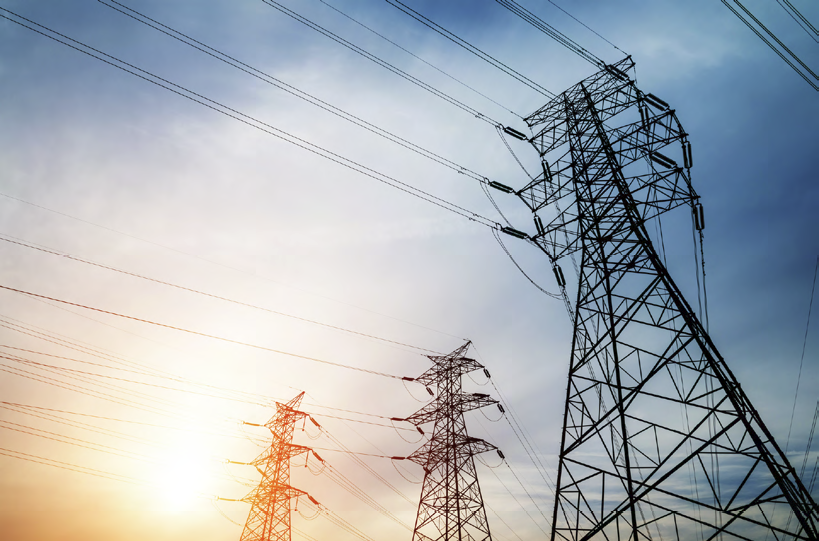
We could spend hours just in the “definitions” section of energy markets, but the takeaway here is simply that, although the mechanics of electricity generation are basically the same amongst different countries/regions (depending on their energy source), there may be considerable differences in how the energy is sold and compensated. If you have an interest in learning more about the particulars of the electricity market in any specific country/region, we at MDD are available to provide introductory information and invaluable insight worldwide.
But anyway, back to the conversation with my son. There I was, phone in hand, backpedalling slightly now. “Actually, it is not even so much that the lightning itself is super strong. It is just that most lightning strikes are so brief and do not even hit the ground. I mean, only 1 in 4 lightning strikes hit the ground apparently.” In my head, I’m thinking, “Is that right?!”
“Some scientists think we couldn’t supply that much energy to the planet even if we could harness the power of lightning.“ I peer away from my phone, now realising I’ve lost him long ago. I know because after a moment of silence he simply says, again without taking his eyes off the LEGO’s, “Dad, if I was invisible, would I still have a shadow?”
The statements or comments contained within this article are based on the author’s own knowledge and experience and do not necessarily represent those of the firm, other partners, our clients, or other business partners.



